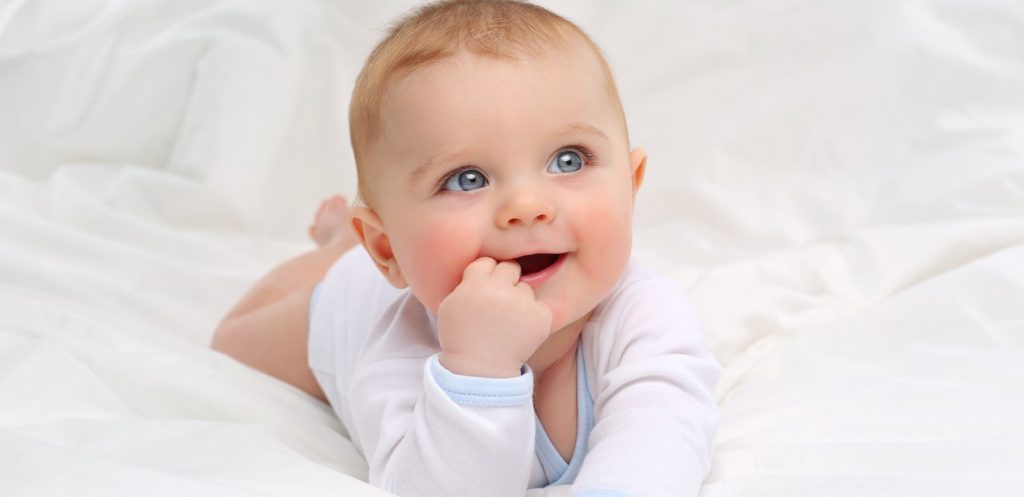Get your fill of gazing at those blue eyes now, because there’s a chance they could change color to brown-green. Caucasian babies are very often born with dark blue or grey eyes that are likely to change several times before their first birthday. So, there is a good chance that your baby’s eyes color might change.
What’s responsible for this fascinating change in your little one’s eye color?
The answer is down to the amount of melanin in the iris (the colored part of the eye). It is determined by the genes your baby has inherited from each parent.
What role does melanin play in baby’s eye color then you might ask?
Melanin is the pigment that’s responsible for giving you the color of your skin and hair (or at least the hair color you had as a child). Just as sunlight turns the skin a to a darker hue, it does the same to eye color by way of the iris. When your little one enters the world (and is exposed to bright lights of the birthing room), that light kick-starts melanin production in the iris, which can lead to eye color changes. Just a smidgen of melanin and your baby will have blue eyes. Add some more, and you get green, grey or brown. Even more and a newborn’s eyes will be brown or even black.
So when do the baby’s eyes change color again?
The most dramatic and noticeable eye color changes are likely to occur when your child is between the ages of 3 and 6 months. By that point, the iris has stocked up on enough pigment so you’ll be able to predict better what the final hue will be. But even so, your baby’s eye color may still hold some surprises — you may continue to notice subtle eye color changes (green eyes slowly turning hazel, say, or hazel ones deepening into brown) until they are 3 years old. Just don’t expect baby browns to revert to blue — dark eyes tend to stay dark for most babies.






